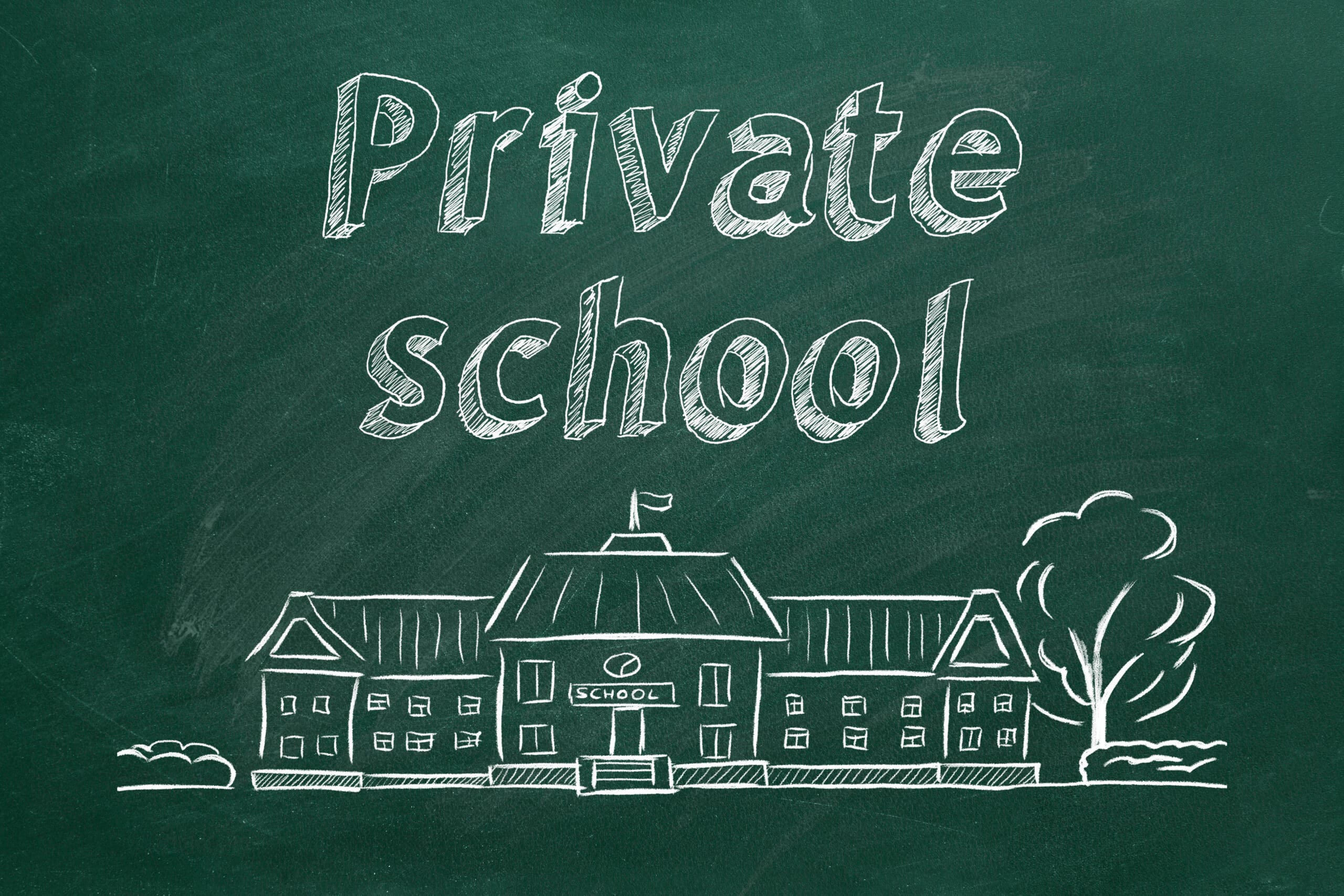Washington — The number of students enrolled in schools in the United States decreased by 5 percent from fall 2017 to fall 2019, according to a report released today by the National Center for Education Statistics (NCES).
The report, Characteristics of Private Schools in the United States: Results from the 2019-20 Private School Universe Survey, shows Catholic schools saw 218,706 fewer students in fall 2019 compared to fall 2017, a change of 11%.
“Private elementary and secondary schools were facing significant enrollment challenges before the start of the coronavirus pandemic,” said Peggy G. Carr, NCES Commissioner. “Along with our Common Core Data program, these enrollment numbers from 2019-20 will serve as an important baseline for understanding how private school and public school enrollments changed in response to the pandemic. Our next data releases will be able to show how enrollment changed once the pandemic was underway.”
The data in the report are drawn from the biennial Private School Universe Survey (PSS) conducted by NCES to collect basic information on American private elementary and secondary schools. PSS is designed to generate biennial data on the total number of private schools, students, and teachers, and to build a universe of private schools to serve as a sampling frame of private schools for NCES sample surveys and assessments. The 2019–20 private school data were collected between October 2019 and July 2020.
Other key findings from the report:
- There were 30,492 private schools in the United States in fall 2019, a 6% decline from 2017.
- Private schools enrolled 4,652,904 students, a 5% decline from 2017.
- There were 481,200 full-time-equivalent teachers within private schools. The number of full-time-equivalent teachers 2017 was not measurably different from the number in fall 2019.
- In 2019-20, there were 11,670 private schools in suburban locations followed by those in cities (10,445), rural areas (5,901), and towns (2,476).
- About 95 percent of all private schools in 2019-20 were coeducational, while 2 percent enrolled all girls and 3 percent enrolled all boys.
- Of the grade 12 students enrolled in private schools on October 1, 2018, about 96 percent graduated in 2018-19.
- Of the 340,609 private high school graduates in 2018–19, about 65 percent attended 4-year colleges by the fall of 2019.
- In addition to the 11% decline in enrollment, compared to 2017-18 Catholic schools also reported an 8% decline in the number of schools and an 8% decline in the number of full-time-equivalent teachers in 2019-20.
- In 2019–20, in total there were 350,000 or more students enrolled in private schools in California, Florida, and New York.
- Sixty-six percent of private school students in 2019–20 were White non-Hispanic;
12 percent were Hispanic, regardless of race; 9 percent were Black non-Hispanic;
7 percent were Asian non-Hispanic; 5 percent were of Two or more races non-Hispanic,
0.6 percent were American Indian non-Hispanic, and 0.7 percent were Pacific Islander non-Hispanic.
The report can be downloaded at: http://nces.ed.gov/pubsearch/pubsinfo.asp?pubid=2021061
###
The National Center for Education Statistics, a principal agency of the U.S. Federal Statistical System, is the statistical center of the U.S. Department of Education and the primary federal entity for collecting and analyzing data related to education in the U.S. and other nations. NCES fulfills a congressional mandate to collect, collate, and report complete statistics on the condition of American education; conduct and publish reports; and review and report on education activities internationally.
The purposes of Private School Survey (PSS) data collection activities are: to build an accurate and complete list of private schools to serve as a sampling frame for NCES sample surveys of private schools; and to report data on the total number of private schools, teachers, and students in the survey universe. The PSS has been conducted every 2 years with the first collection taking place during the 1989-90 school year.







